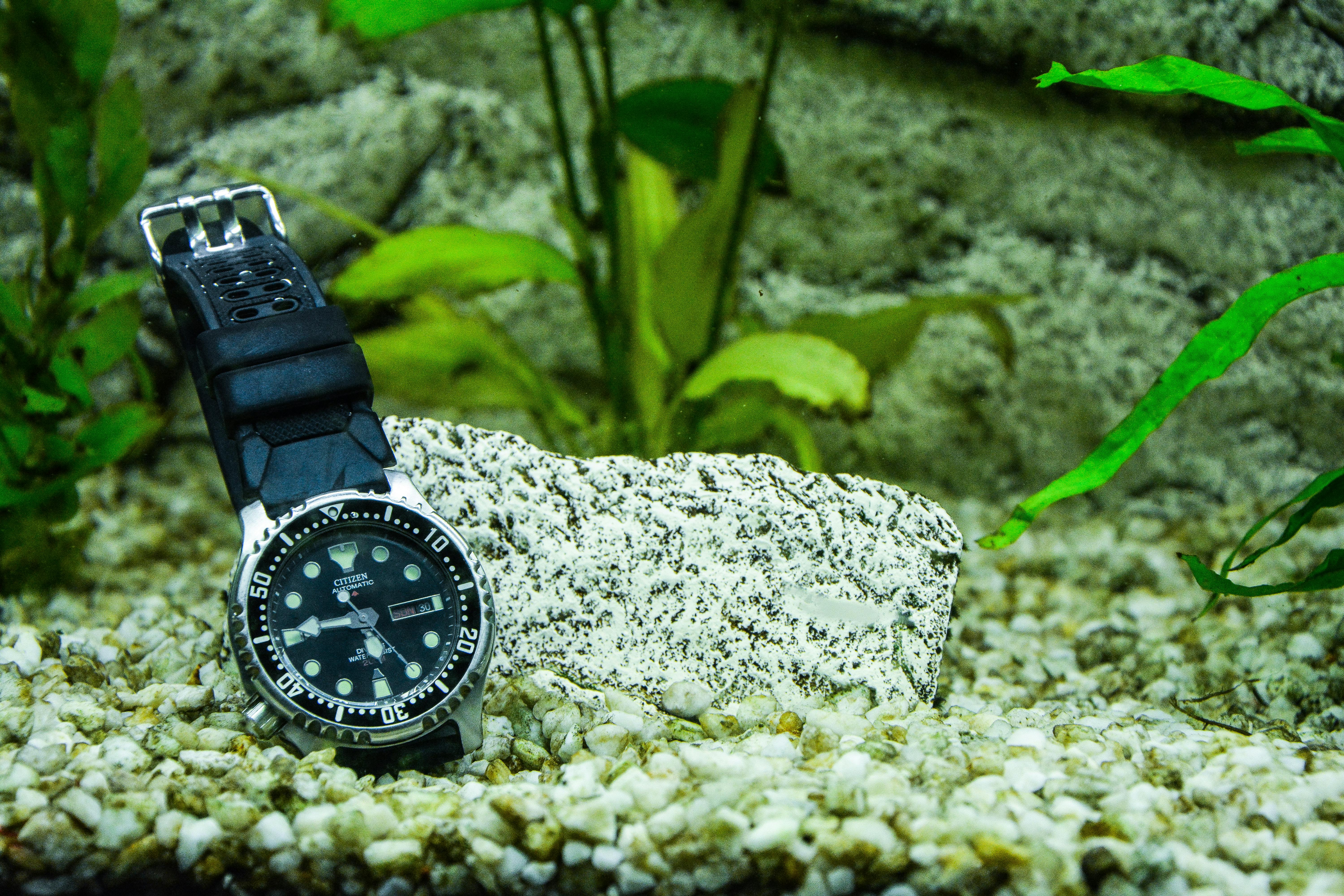Smart Ways to Improve the Happiness of Your Sad Hamster in 2025

Effective Ways to Enhance the Well-Being of Your Sad Hamster in 2025
As pet owners, understanding and addressing the emotional health of our small companions is crucial. Hamsters, like other pets, can experience sadness and depression, manifesting through various behavioral changes. This article focuses on the effective ways to enhance the well-being of your sad hamster, exploring their emotional needs and care strategies essential for their happiness and health.
Pet hamsters bring joy to our homes, but they are also sensitive creatures that require proper attention to their emotional wellbeing. In this context, the significance of hamster care goes beyond physical needs, encompassing mental health awareness and environmental enrichment. Through this guide, we will look into specific action steps that can help address issues related to sad hamsters, providing insights into both care practices and creative activities for enhancing their quality of life.
We'll cover techniques for hamster enrichment, socialization needs, and signs to look out for that indicate your pet may be feeling lonely or depressed. Moreover, we will discuss interactive toys and exercise methods vital for creating a positive environment. As we dive deeper into the emotional world of hamsters, you'll learn how to foster a stronger bond with your small pet, helping them to thrive and thrive.
Essential Guide to Hamster Care for Mental Health
Understanding Emotional Needs of Hamsters
Hamsters, though small and often overlooked, have complex emotional needs that are vital for their happiness. Understanding hamster emotions involves recognizing their body language and behavioral signs. For instance, a confused hamster may show reluctance to social interactions, a key indicator of their emotional state. Observing shifts in their playfulness or reluctance to engage can give insights into their well-being.
Creating a loving environment where your pet feels secure is essential. Ensuring that your hamster has a dedicated safe space can help alleviate fears and promote happiness. Rotating toys and engaging with them through activities tailored to their preferences can also enhance their emotional health. When we foster an environment rich in engagement and comfort, we effectively address the emotional sadness many hamsters may encounter.
Signs of Stress in Hamsters: How to Recognize
Recognizing signs of stress is critical in maintaining your hamster's health. Common indicators include excessive grooming, changes in sleeping patterns, and alterations in eating habits. A lonely hamster may become withdrawn, leading to depressive behaviors. Keeping a close eye on your hamster's daily routine is key to spotting these signs early on.
Utilizing a stress diary to track your pet's behaviors can greatly assist in understanding their emotional health. This not only helps in identifying triggers but also aids in recognizing patterns, allowing for timely interventions to improve their well-being.
Creating a Positive Environment for Hamsters
A positive environment is pivotal for hamster happiness. Ensuring your pet has a spacious habitat that allows for exploration is essential for mental stimulation. Enrichment activities such as tunnels, climbing structures, and hiding spots can promote active behaviors and decrease signs of depression.
Additionally, having a separate play area where you can engage in activities like obstacle courses or interactive games encourages bonding and happiness in your hamster. All of these actions contribute to creating an environment designed to meet hamsters’ emotional needs effectively.
Maximizing Happiness with Hamster Toys
Choosing the Best Toys for Hamster Health
Interactive hamster toys have become a staple in promoting well-being. Choosing the right toys not only alleviates boredom but also stimulates mental health. Toys such as tunnels, wheels, and chew toys can significantly engage your hamster, encouraging active play and relieving stress. Proper selection based on the individual preferences and personality traits of your hamster is foundational for success.
For instance, a playful hamster may prefer chewing and digging toys while a more sedentary pet might enjoy interactive toys that require minimal physical engagement. Tailoring playtime to suit your pet's behavior can facilitate happiness and reduce feelings of loneliness.
DIY Hamster Toys: Creative Activities
Creating DIY hamster toys is not only budget-friendly but can also be a fun bonding experience for you and your hamster. Simple items such as cardboard tubes, shredded paper, and wooden blocks can be transformed into engaging toys. Being creative helps to enrich your pet's environment while providing mental stimulation.
Incorporating these DIY activities into your hamster's daily routine ensures they are engaged and interested in their environment. Following instructions on building or modifying existing toys to add more features can foster your pet’s sense of curiosity and joy.
Engaging Hamster Playtime for Mental Stimulation
Incorporating structured playtimes into your hamster's day can aid in improving their emotional health. Regular sessions that involve physical activity provide the necessary exercise to keep your hamster healthy while reducing boredom. Both structured and free play times facilitate emotional bonding between you and your pet, making them feel more included in family dynamics.
Additionally, varying activities each week can lead to a richer experience for your pet. Practices such as initiating new challenges during play help in engaging different attributes of your hamster’s personality and can uplift their spirits.
Addressing Behavioral Signs of Hamster Sadness
Common Hamster Behavior Issues
Behavioral signs such as aggression, vocalization, or isolation often signal that your hamster is experiencing unhappiness. It's crucial to address underlying issues as soon as they arise. Modifying their habitat or providing new activities can often remedy behavioral issues stemming from loneliness or anxiety.
Recognizing when your pet is acting out indicates a need for change, and your immediate attention can often lead to improvement in their emotional state. Regular veterinary check-ups can also rule out any physical health issues that might be contributing to these behavior signs.
Understanding Hamster Socialization Needs
Hamsters are not inherently as social as some other pets, but they do benefit from interaction and companionship. Gradually introducing your hamster to socialization opportunities can reduce feelings of loneliness. Consider supervised playtime with other hamsters, or simply increasing your interaction frequency through handling and conversation.
Building trust and allowing your pet to become familiar with human presence can create a comforting bond, promoting a sense of safety and emotional stability. Also, consider pairing single pet setups with plenty of interaction time to facilitate adequate companionship.
Recognizing When to Seek Professional Help
Sometimes, addressing a sad hamster may require professional insight. If your pet exhibits ongoing behavioral issues that don't improve with standard enrichment techniques, consulting a veterinarian who specializes in small animals can offer additional strategies.
Seeking professional help can also be important if your hamster shows signs of severe emotional distress along with physical symptoms. Early intervention is critical in proactive care to ensure your pet's overall health and well-being.
Engaging Hamster Activities for Enhanced Happiness
Hamster Enrichment Activities for 2025
Engaging your hamster through various enrichment activities is vital for their mental health. For example, ice treat blocks made from fruits or veggies can be a fun way to keep your pet cool while enjoying a tasty snack. Exploring new enrichment techniques can keep your hamster adventurous and happy.
Moreover, activities that mimic natural behaviors—like digging boxes filled with shredded paper or sand—encourage exploration and curiosity. These experiences can transform ordinary environments into stimulating playgrounds and have proven beneficial for emotional wellness.
Creating a Hamster Adventure Zone
Creating a special adventure zone within your home can also encourage exploration and physical activity. Use safe household items to design climbing structures or tunnels. The more interactive elements included in the hamster's environment, the higher the likelihood they will explore and engage with their surroundings. An adventure zone can enhance their play and, more importantly, fulfill their mental stimulation needs.
Fostering a Sense of Companionship with Your Hamster
Building an emotional connection with your hamster is pivotal for their happiness. Regular handling, gentle petting, and talking to your hamster can create feelings of trust and security. Observing and interpreting your hamster’s response to social interaction also fosters a deeper understanding of their emotional needs.
This deepening bond not only improves the overall quality of life for your hamster but also enriches your pet ownership experience, making it a fulfilling journey for both you and your beloved furry friend.
Q&A: Common Concerns Regarding Sad Hamsters
What are the signs of a sad hamster?
Common signs of a sad hamster include withdrawal from social interactions, less interest in exploring, changes in eating patterns, and excessive grooming. Observing these effects is crucial in identifying your hamster's emotional state.
How can I help a lonely hamster?
To assist a lonely hamster, provide engaging toys, increase playtime, and rotate their habitat to introduce new experiences. Offering companionship through interactive play and attention can also alleviate feelings of loneliness.
When should I seek help for my hamster’s behavior?
If your hamster continues exhibiting signs of distress or unusual behavior despite enriching their environment and care, consult a veterinarian specializing in small animals. Professional guidance can help identify underlying issues and suggest effective strategies.
Can diet affect my hamster's emotional well-being?
Yes, a balanced diet formulated for hamsters can significantly impact emotional health. Providing a variety of nutritious food options enhances their physical health and overall happiness, ensuring essential dietary needs are met.
What role do social interactions play in hamster happiness?
Social interactions are key for hamsters; while some are more social than others, interaction through handling, play, and structured socialization can improve emotional health. This loving engagement encourages confidence and reduces feelings of anxiety and stress.
Learn more about hamster health and care and discover enriching activities to support your pet's emotional wellness, or explore further tips on creating the perfect habitat for your hamster.

